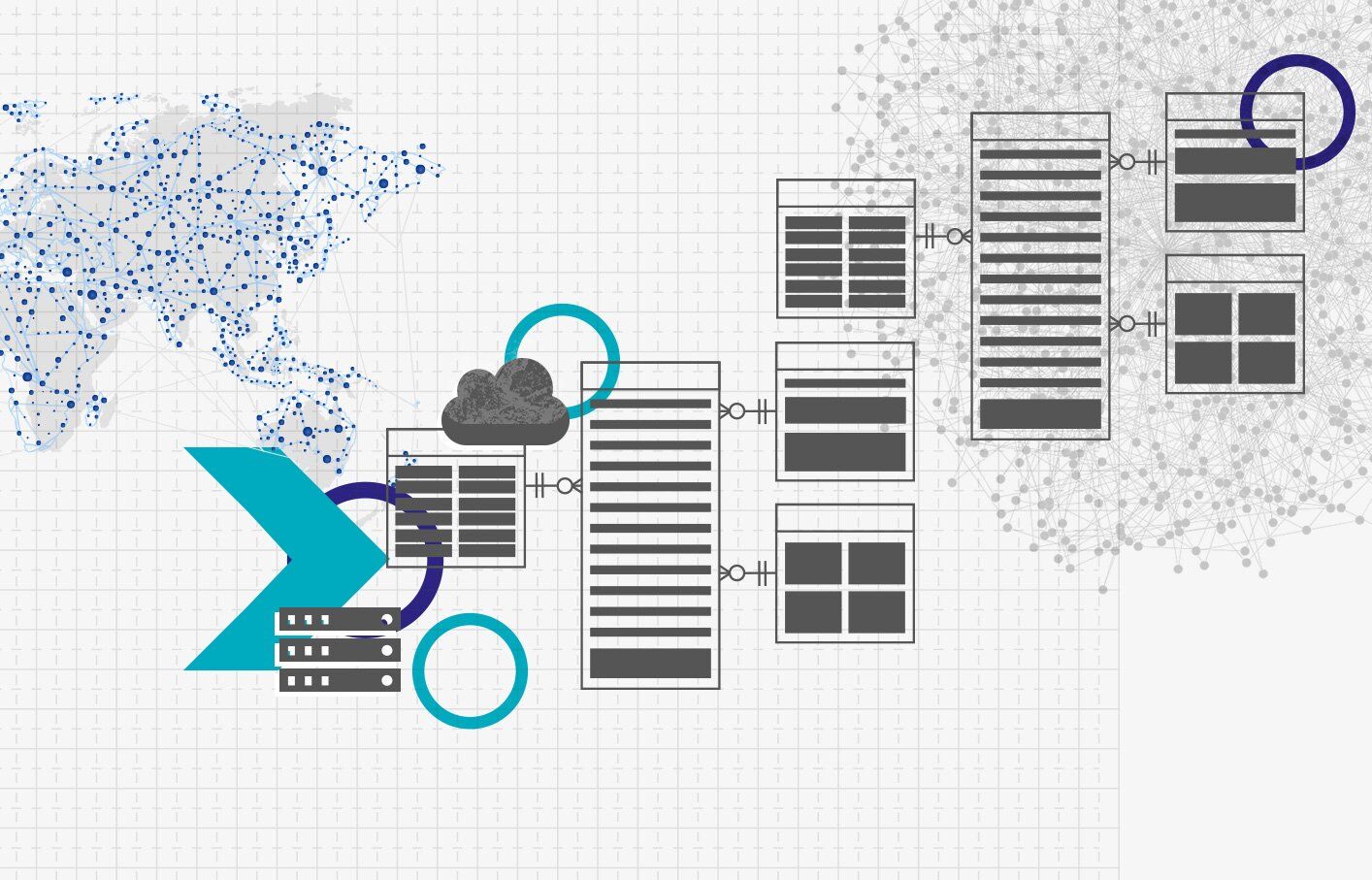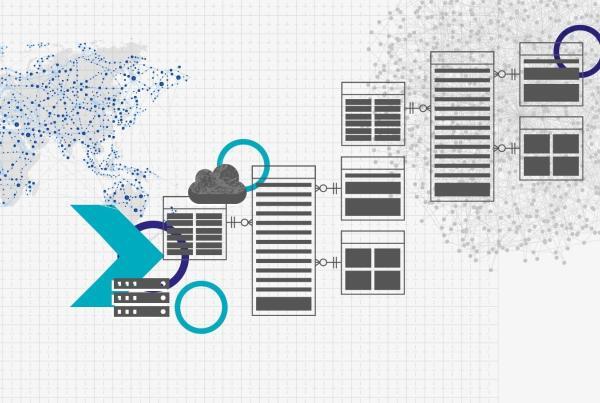This article discusses how agile project management can be implemented through the use of a Kanban board, which is a visual representation of tasks and their progress. MOWI is a Salesforce-based lightweight application that fully integrates the Kanban board with all other components within the Business Application Platform, using the Mission, Objective, Work Item objects. These objects have relationships between them and can help teams increase efficiency and productivity by providing a visual representation of their work, making it easier to track progress and manage tasks.
Agile project management is a well known but often poorly executed approach to software development that emphasizes adaptability and collaboration. One popular method for implementing Agile is through the use of a Kanban board.
A Kanban board is a visual representation of User Stories/Tasks, often displayed on a physical whiteboard or a digital tool. Each item on the board represents a task, and its progress is tracked by moving it from one column to another. Typically, columns represent stages of work such as “Active”, “Blocked”, “Testing”, and “Done”. This improves visibility for the team and the stakeholders alike and can help with better inter-team communication.
MOWI is a lightweight application that uses the capabilities of Salesforce List Views in Kanban View to fully integrate the Kanban Board with all other components within the Business Application Platform. The name was established from the acronym of the beginning letters of its containing objects: Mission, Objective, Work Item. These are intended to enable users to insert and manage projects and tasks in a Kanban system.
The objectives are the heart of the MOWI application. As already mentioned, each objective can only have one mission. However, the objectives can have further so-called Follow-Up Objectives, therefore a one-to-many relationship within the objectives is also possible.
The objects have relationships between them. A mission can be understood as a container of objectives, i.e., a mission can have several objectives, but an objective can have only one parent mission in parallel.
The same applies to the Work Items, they can be understood as sub-goals of the objectives. However, just like the mission, they are not absolutely necessary to create.

Image 1: Schema-Builder (Mission/Objective/Work Item)
Using a Kanban board view in Salesforce can help teams increase efficiency and productivity by providing a visual representation of their work and making it easier to track progress and manage tasks. The three objects within the custom application provide a good template for this.
Mission
Missions are a container for multiple objectives. If multiple objectives need to be grouped to a “bigger picture” you can add a mission but they are optional. The screen shows how a mission is structured and which fields are contained within it. A mission has one or more objectives which can be understood as “sub-objectives”.

Image 2: Screenshot of a Mission Record
Objective
Objectives are records with multiple fields. You can also call the objectives Tasks, User Stories, or Cards. The fields can be filled out with information to describe the objective. In the following screenshot you can see an example of an objective.

Image 3: Screenshot of an Objective Record
Work Item
Also, the objectives within a mission may need to be divided into individual sub-goals. Work-Items are these sub-tasks of the related objective. There, you can track the progress towards reaching the goal of your objective. The screenshot below shows an example Work_item with the status set to “Open”. In the work item, there are the three following phases:
- Open
- In Progress
- Closed

Image 4: Screenshot of a Work Item Record
The Kanban View
MOWI, so far so good. But what does the view with the objectives actually look like? The following screenshot shows an example of a Kanban board. In the board, there are different objectives in different phases. Users can drag and drop the objectives into the different phases depending on their progress.
Typically, columns represent stages of work such as “Active”, “Blocked”, “Testing”, and “Done”

Image 5: Screenshot of the Kanban view
Final Remarks
Interested in the MOWI solution? Then visit our app on the AppExchange and download it today for free!
Agile Kanban Board in Salesforce – MOWI
We hope that this article has provided valuable information to you. If you need further assistance or have any questions, don’t hesitate to reach out to us at [email protected].
If you want to stay up-to-date on the latest developments and news, be sure to subscribe to our newsletter. We send out regular updates with important information and insights for Salesforce.
– Jiwan Khalil (Scalefree)
Get Updates and Support
Please send inquiries and feature requests to [email protected].
For Data Vault training and on-site training inquiries, please contact [email protected] or register at www.scalefree.com.
To support the creation of Visual Data Vault drawings in Microsoft Visio, a stencil is implemented that can be used to draw Data Vault models. The stencil is available at www.visualdatavault.com.



